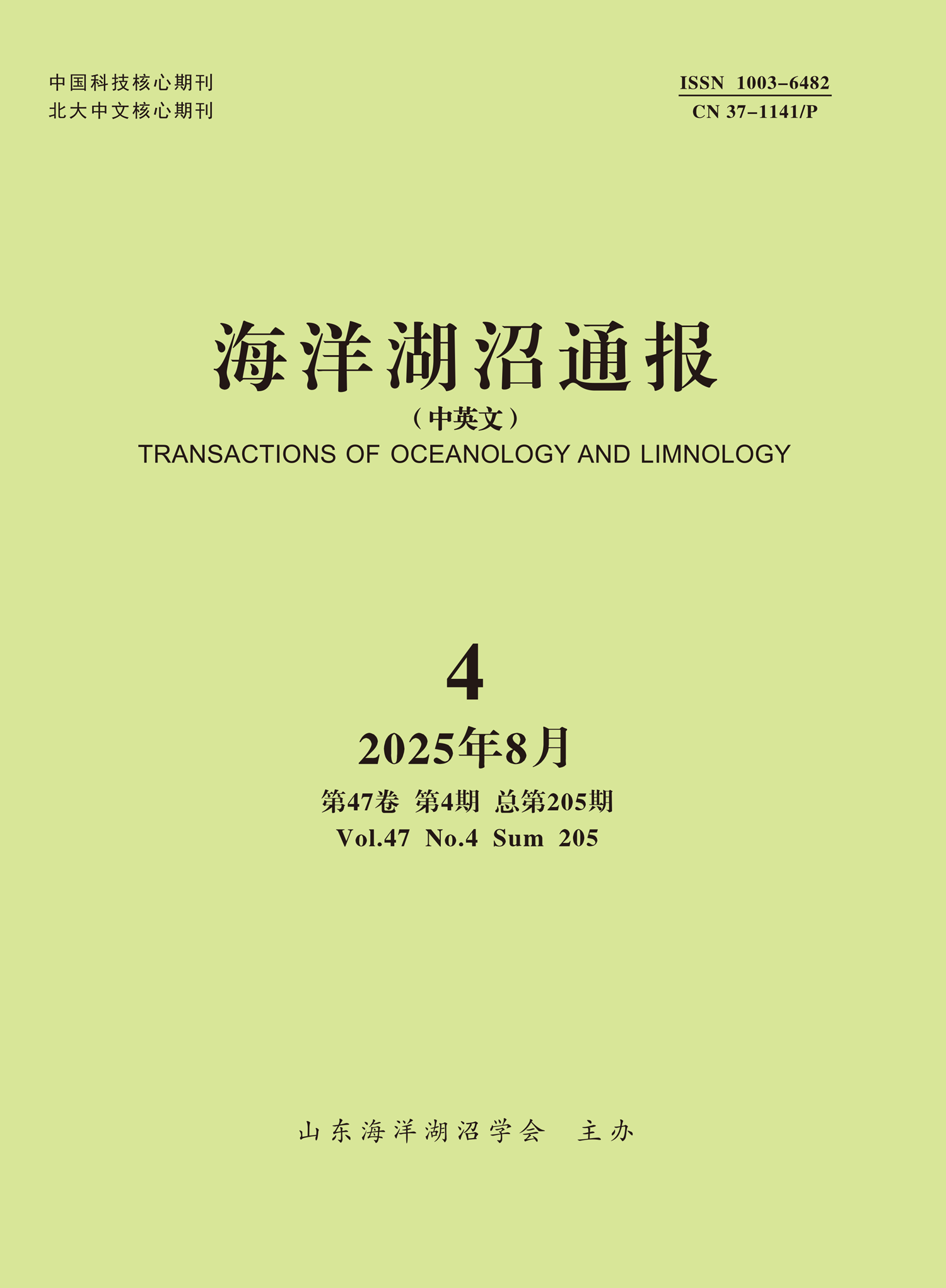SUN Yongzhao, JI Qiyan, SU Yu, ZHANG Jie, PENG Tengteng, ZUO Juncheng
Based on the FVCOM ocean model, a high-resolution three-dimensional ocean numerical model was established for the adjacent sea area of Liuheng island. The main characteristics of tides and tidal currents in the adjacent sea area of Liuheng island were simulated in detail. The results of the model were in good agreement with the observation data of one tide station and two current stations, which could reflect the movement characteristics of tides and tidal currents in the adjacent sea area of Liuheng island. Meanwhile, main tidal components, such as M2, S2, K1, O1, M4 and M6, and the elliptical spatial distribution of surface tidal currents as well as two shallow water tidal components were given. Finally, the surface flow field and the spatial distribution of residual current in the surface layer, 0.6 layer and bottom layer were analyzed. The results showed that M2, S2 and O1 were high in the south and low in the north, and the amplitudes of M2, S2 and O1 were 115-145 cm, 15-30 cm and 19-24 cm, respectively. K1 was 20-30 cm, and the main tidal components propagated in the same direction. At the same time, the spatial distribution and propagation direction were opposite to the main tidal components. Based on the results of harmonic analysis, the tidal pattern coefficient and the maximum possible tidal range were calculated. The whole sea area was characterized by regular semidiurnal tide, and the maximum possible tidal range could reach 600-650 cm in the southern sea area and 450-550 cm in the northern sea area. According to the calculation of tidal asymmetry, the ebb tide speed in the south of Liuheng was higher than that in the north. Under the four tidal conditions, the maximum velocity of the ebb flow field was 22 cm/s, and the maximum velocity of the four main tidal components was 160 cm/s, 60 cm/s, 22 cm/s and 12 cm/s, respectively. The spatial distribution of the ebb flow field was characterized by offshore rotating current and inshore reciprocating current. In the distribution of residual current, the maximum of surface layer, 0.6h layer and bottom layer could reach 25 cm/s at the headland, but the residual current gradually weakened with the increase of water depth.

